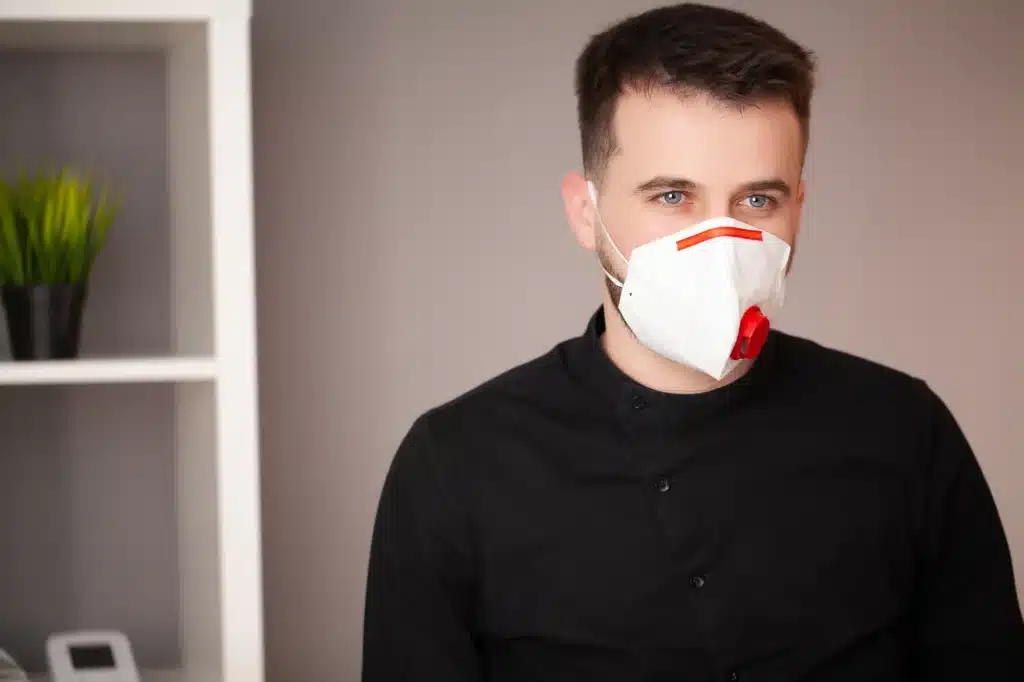Water damage is one of the most feared problems for property owners. In addition to causing expensive repairs, they can also cause health problems. Discover in detail the different causes of water damage, the consequences they are likely to cause to your home and especially their effects on the health of the occupants.
The different causes of water damage
Several reasons can cause a house to suffer water damage. Here are the most common causes of this disaster:
- Natural disasters: heavy rains, heavy snowmelt, and storms are the primary natural causes of water damage in a home;
- Sewer Backup: This problem occurs when your sewer lines are clogged or there is a check valve malfunction;
- Underground water infiltration: This is a recurring problem when your basement or cellar’s paving is not waterproof and the ground is porous just below your house because of the proximity of a water table, for example. The water will therefore gradually seep into the house;
- Water infiltration from roofs: roof waterproofing problems will allow water to enter the house on rainy days and when the ice starts to melt afterwards winter;
- Water Leaking From Water Heater: Over the years, your water heater will eventually leak due to tank corrosion. If the device is installed in a place that is not very busy (cellar, storage room, attic, etc.), the occupants may not notice the leak until after a while;</li >
- An overflow from a plumbing fixture: This can be due to a malfunctioning sink, basin or bathtub. It is also likely that one of the occupants forgot to close the faucet of one of the appliances, causing water to flow all over the house.
What consequences can water damage in the house cause?
Water damage can have more or less unfortunate consequences depending on its extent. You will therefore have to be prepared to pay more or less expensive repair costs depending on the diagnosis of the specialists.
Living discomfort in the house
The infiltration of water in the house can generate different feelings of discomfort in the house, such as the presence of odor. The soggy ground does not make you want to move around and it becomes difficult to do the usual household chores.
Endangering the electrical installation
Water and electricity have never gone hand in hand. In the event of significant water infiltration in your home, your entire electrical installation may be threatened and the occupants are exposed to the risk of electrocution.
Damage to the interior of your home
Risks of infection in the house
But the most serious consequence of water damage is undoubtedly the risk of contamination of the house by pathogens. Indeed, the humidity that persists in dark areas promotes the development of bacteria and mold. Black spots appearing on walls and furniture should alert you to the growth of mold in your home.
Asbestos contamination is also a risk to which you expose yourself in the event of water damage. Asbestos is present in certain materials such as the insulation elements of old buildings. Prolonged humidity can accelerate their release, and inhalation of this substance can cause health problems.
The dangers of water damage on health
Mold is the factor that causes the most health problems for occupants of a house that has suffered water damage. The presence of greyish, greenish or blackish stains on the walls and furniture should alert you. Depending on the type of mold that grows, the symptoms felt by the occupants of the house can be more or less serious. Here are the most common manifestations.
Hay fever
Cough
When the mold gets to your lungs, they get irritated and you start coughing. Your breath may also wheeze, which means that you are developing a more or less acute allergy to mold.
Breathing problems
Inhaling mold causes inflammation of the airways. This makes them fragile and makes you vulnerable to different infections, one of the most likely to occur is aspergillosis. While it usually attacks the lungs, it can spread to other parts of the body such as the brain, heart or kidneys. If it gets worse, it can lead to death.
Asthma
Asthma is a respiratory problem that can affect anyone exposed to mold for a long time. Asthma is manifested by breathing difficulties which sometimes require the use of specific products or devices to limit the state of suffocation.
People sensitive to the effects of mold
While some people seem to do well despite prolonged exposure to mold, others are particularly susceptible. For example, young children are vulnerable to toxic substances secreted by mould. Respiratory problems can quickly arise and children often have a cold or show flu-like symptoms.
Pregnant women and people with immune deficiencies are also vulnerable to the effects of mold. The same is true for the elderly.






About The Author: Cedric Pharand
More posts by cedric Pharand